- Education
- gems & jewellery
Learn About Diamond
Diamonds are almost as old as the earth! It takes millions of years for these stunners to form within the earth's crust.

White Diamond
- Diamond
- Colorless
- 10 Mohs
-
Aries , Taurus
- Strength, Abundance, Eternal love
- April Birthstone
 Round
Round
 Princess
Princess
 Pear
Pear
Overview
Diamonds are one of the most sought-after gemstones in the world. The fascinating beauty and endless sparkle of this gemstone have captivated mankind since ancient times. Known to be the hardest naturally occurring substance found on the earth, the diamond is the only gem that is made of a single element, which is carbon.
This stunning gemstone is formed under high temperature and pressure conditions within the earth’s crust. Its unique chemical composition, structure and formation process make it a truly extraordinary gemstone.
View All List of Gemstones
1. Key Origin
- According to historians, India began trading diamonds as early as the 4th century BC.
- Today, diamonds are mined in different parts of the world. Some of the important sources are Angola, Botswana, South Africa, Russia and Canada.

2. Associations
- They are regarded to be the birthstone for those born in the month of April.
- A symbol of purity, love and eternity, this gem is a popular choice as the center stone for engagement and wedding rings.
Know About Other Diamonds

White Diamond
“Diamonds are almost as old as the earth! It takes millions of years for these stunners to form within the earth's crust.”
- Diamond
- Colorless
- 10 Mohs
- Aries , Taurus
- Strength, Abundance, Eternal love
- April
 Round
Round
 Princess
Princess
 Pear
Pear
Know About Other Diamonds

Blue Diamond
The Smithsonian National Museum of Natural History is home to the most famous fancy blue diamond - the Hope Diamond.
- Diamond
- Blue
- 10 Mohs
- Aries , Taurus
- Faith, Trust
- April

Black Diamond
It's Carrie Bradshaw’s black diamond engagement ring in Sex and the City 2 that brought this gem into the spotlight.
- Diamond
- Black
- 10 Mohs
- Aries , Taurus
- Courage, Inner strength
- April

Coffee Diamond
Brown diamonds are also known as coffee, toffee and champagne diamonds. We think this gem is as tempting as the names it goes by.
- Diamond
- Brown
- 10 Mohs
- Aries , Taurus
- Order, Stability, Clarity
- April
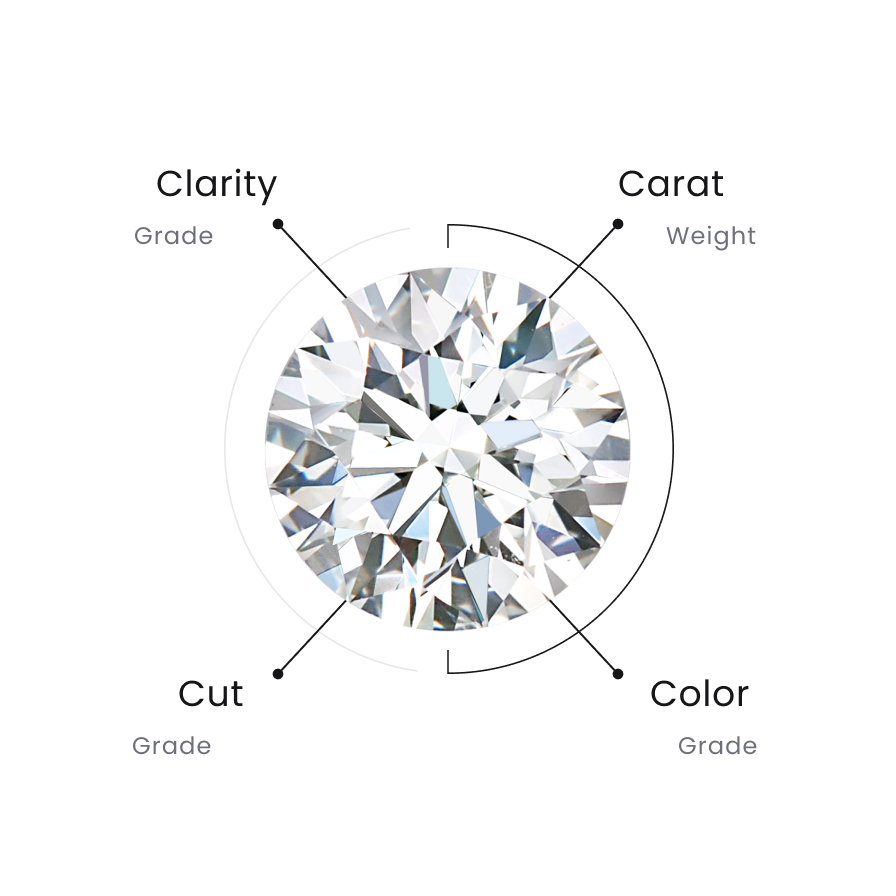
The 4C’s
Every diamond is unique. There are several factors that affect the quality and price of a diamond. They include color, cut, clarity and carat.
01Color
- Diamonds come in a variety of colors. The normal color category includes diamonds that range from colorless to light yellow and brown.
- Of these, colorless diamonds are the most valuable and rare ones. There are also less expensive ‘fancy’ diamonds that come in red, pink, yellow, purple, blue and green.
- The brown and yellow diamonds are often referred to as 'champagne' or 'cognac' diamonds.
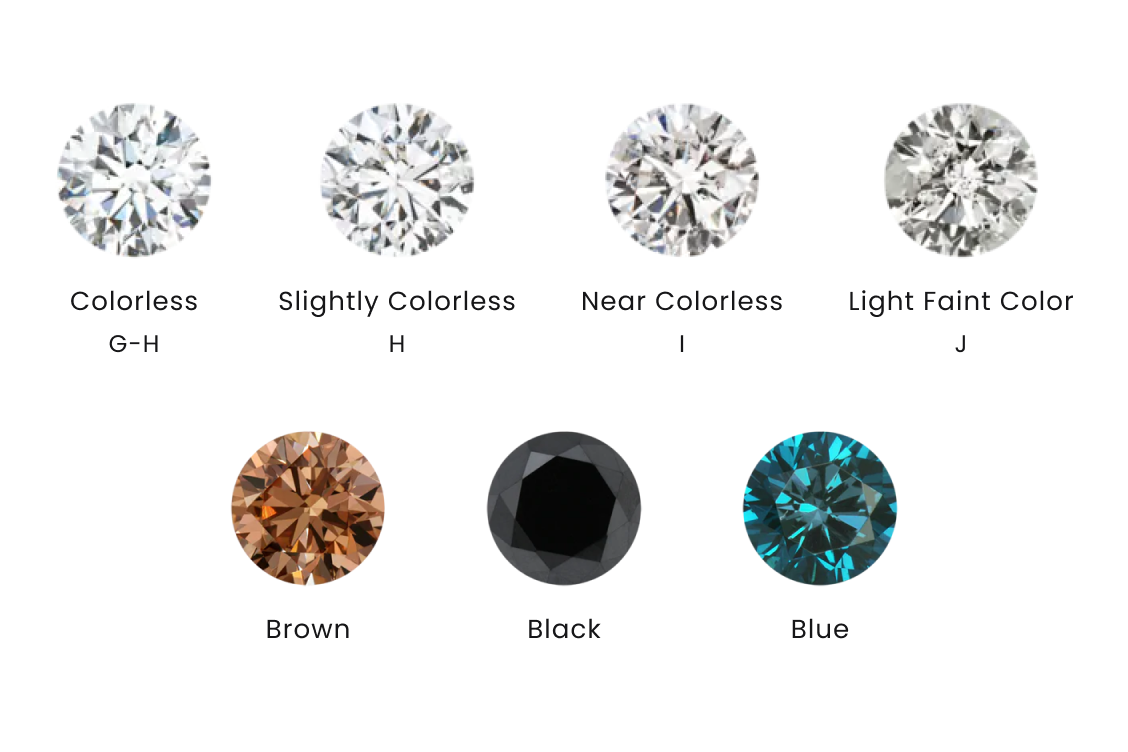
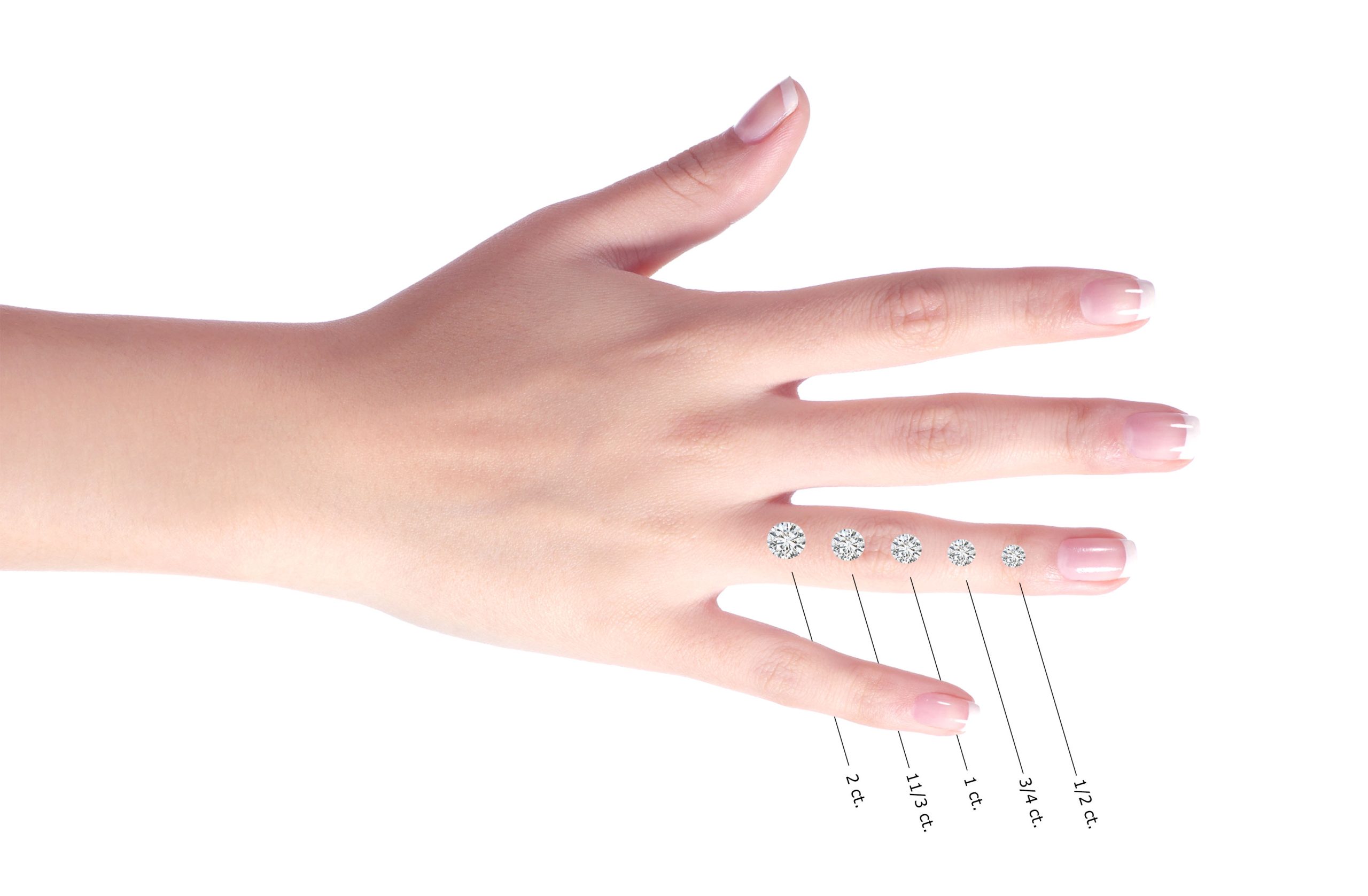
02Carat
- Carat is the unit weight measurement used to weigh diamonds and gems. It only measures the diamond's weight and not its size.
- Small diamonds cost less per carat, when compared to larger stones of the same quality, as small stones are very common and large stones are considerably rare.
- Two diamonds of the same carat weight can have different costs based on other factors such as color, cut and clarity.
03Clarity
- Inclusions reduce the clarity and value of a diamond. The most valuable diamonds are free of flaws and inclusions.
- Roughly, only 20% of all diamond deposits are of any gemstone value, the rest are too opaque or flawed.
- The clarity of diamonds is determined on the basis of the size and visibility of flaws and inclusions.


04Cuts
- The cut of a diamond determines its overall beauty, fire and brilliance. In other words, the better the cut, the more the sparkle.
- An ideal cut reflects nearly all the light that enters the diamond.
- The cut is the most important quality factor in a diamond, as a well-cut diamond will appear larger and have enhanced color and clarity in comparison to a poorly cut one.
Diamond Shapes
The shape of a diamond refers to its physical form. While round is the most popular shape in diamonds, there are also several other fancy diamond shapes such as princess, cushion, emerald, asscher, oval, pear, marquise and heart. Each shape has its own unique charm and appeal. While some shapes optimize light return, others accentuate the clarity of the diamond.
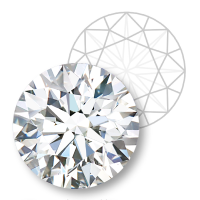
Round
Round brilliant cut is the most popular diamond shape till date. For almost 100 years, diamond cutters have worked towards maximising the fire and brilliance of a round diamond.
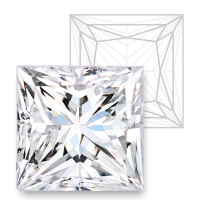
Princess
Princess cut is the second most sought-after diamond shape. Princess cut diamonds have the same scintillating sparkle of round brilliant diamonds.

Cushion
The cushion shape has been in demand for more than a century. Cushion cut diamonds are similar to square shape diamonds, only difference being soft & rounded edges.

Emerald
Emerald cut diamonds are coveted for their unique yet elegant profile. Featuring beveled corners and step facets, emerald cut diamonds offer optimum clarity as well as enhanced color and luster.

Asscher
The asscher cut was introduced in 1902 by renowned diamond cutter Joseph Asscher. It is quite similar to the emerald cut, except that it features a square shape with cut corners.

Marquise
A marquise diamond features graceful elongated points that look strikingly beautiful. It looks stunning when set with round or pear shape side stones.

Oval
Oval diamonds exhibit the same level of fire and brilliance as that of a round diamond. The elongated shape helps in creating an illusion of a larger diamond.

Pear
A pear diamond is cut to resemble a drop of water. It features a rounded edge on one side and a tapering point on the other. The pear shape is a combination of round and marquise cut.
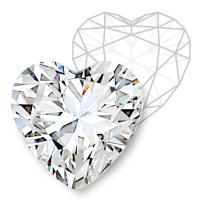
Heart
The ultimate symbol of love and affection, heart shape diamonds are an excellent choice for engagement or anniversary jewelry. It is also one of the most difficult diamond shapes to create.
Identifying Real Diamonds
The uniqueness of a diamond makes it easily admirable. It is one of the most coveted gemstones in the world.
The incredible demand for this sparkling beauty has led to an increase in fake diamonds.
Here’s how you can find out whether a diamond is real -
- Hold the stone in the light and observe how it sparkles. A real diamond will sparkle gray and white inside, whereas fakes will have rainbow colors visible inside the stone.
- Put the stone in front of your mouth and breathe on it. If the stone remains fogged for two seconds or more, it could be a fake one.
- When viewed through a magnifying glass, real diamonds will have a few imperfections but lab-grown and fake stones will appear absolutely perfect. Also, real diamonds will have sharp edges as opposed to rounded edges.
- Rub sandpaper against the stone. A real diamond will remain perfect, while a fake one will end up scratching.
- Keep your loose diamond on a piece of paper. If you can see the text magnified through the diamond, then it isn’t a real one.
- Shine a penlight through the stone. Real diamonds will produce a halo, whereas a fake one will pass the light through it to the other side.
- Exposing your stone to heat will also tell you whether it’s real. Glass will shatter, while a real diamond will be left unharmed.
Identifying Real Diamonds
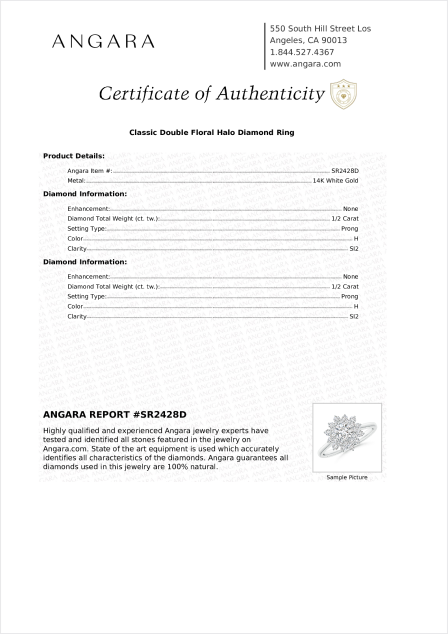
Care Instructions
Though the diamond is the hardest natural substance on the earth, when set on a ring, bracelet or pendant it is vulnerable to cracking. Everyday wear and accumulation of dirt will also reduce its luster and brilliance. Proper care can help ensure that your diamond keeps sparkling for several years to come.
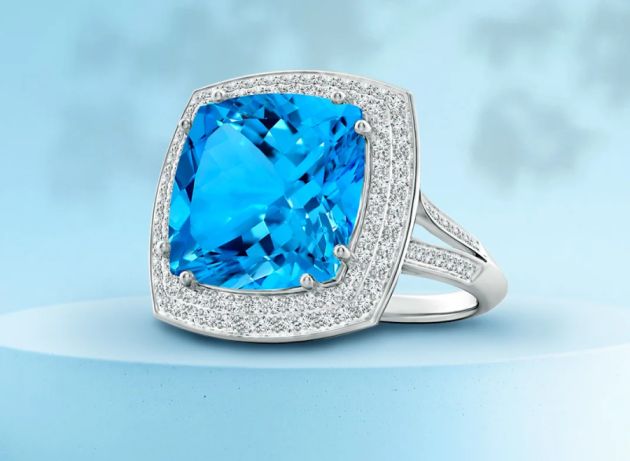

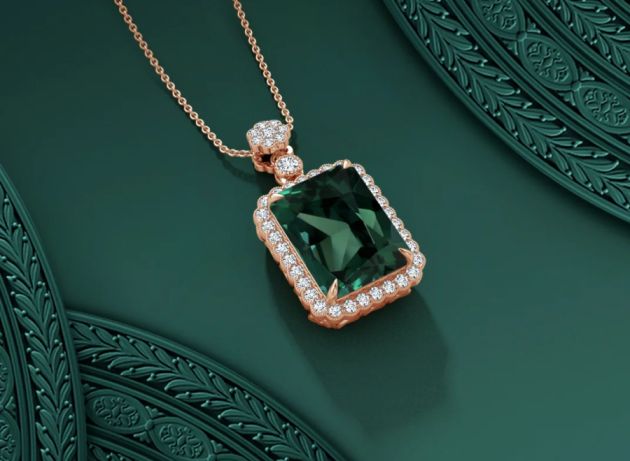

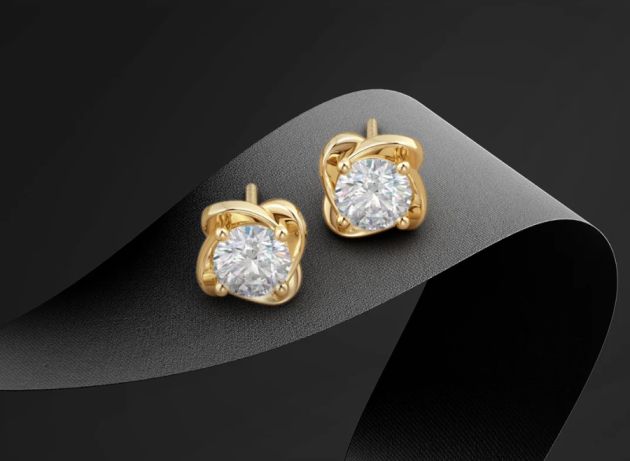
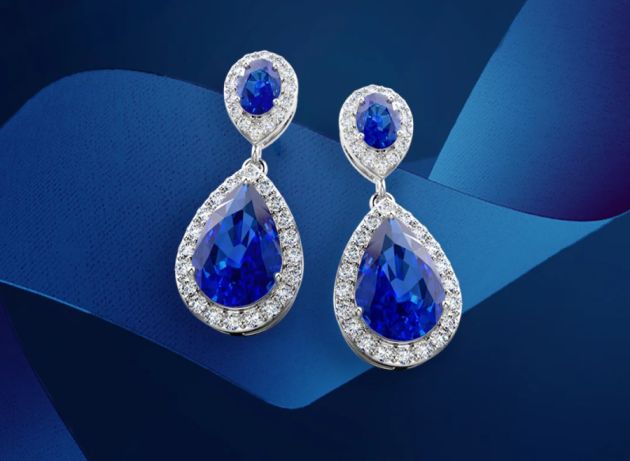
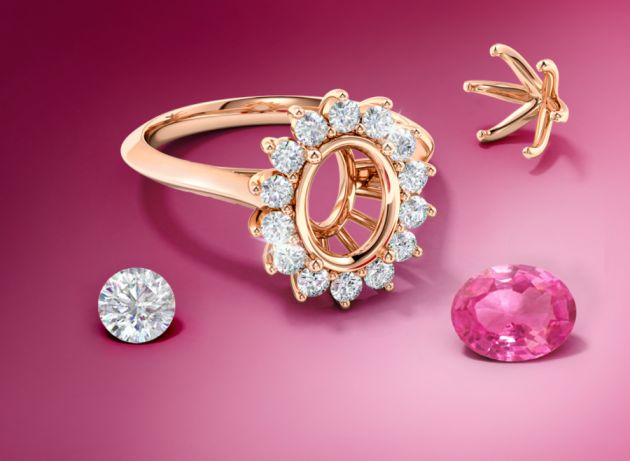
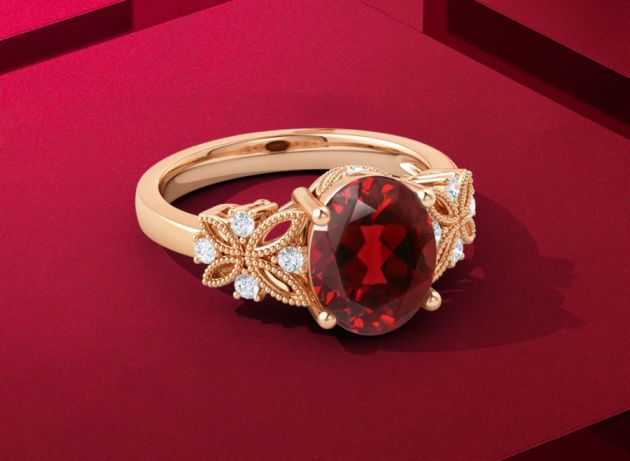





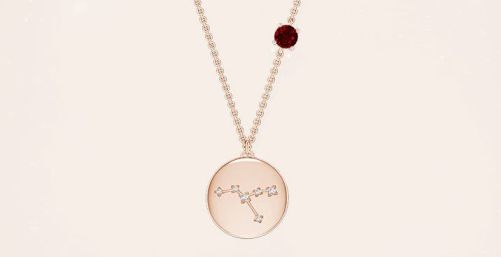

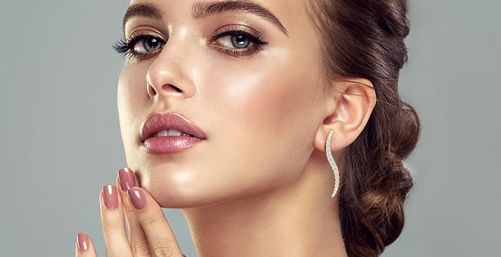


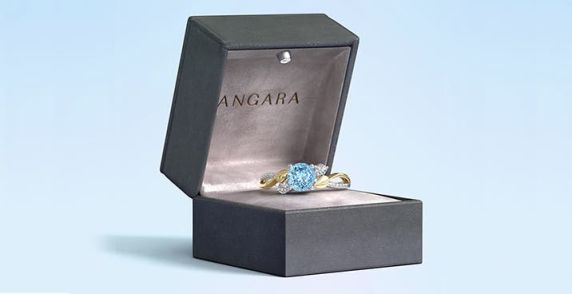

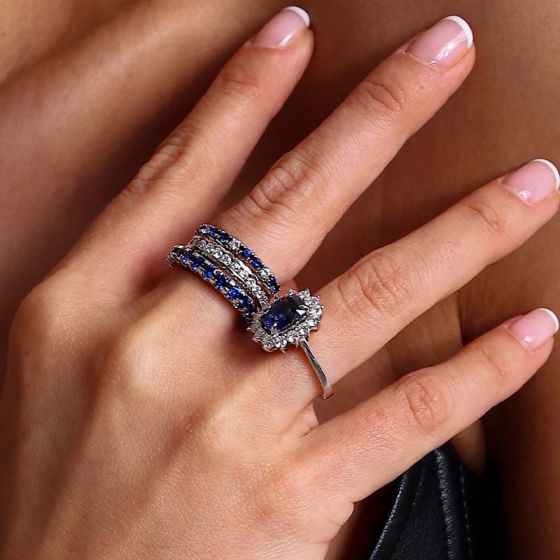



 Round
Round Princess
Princess Pear
Pear